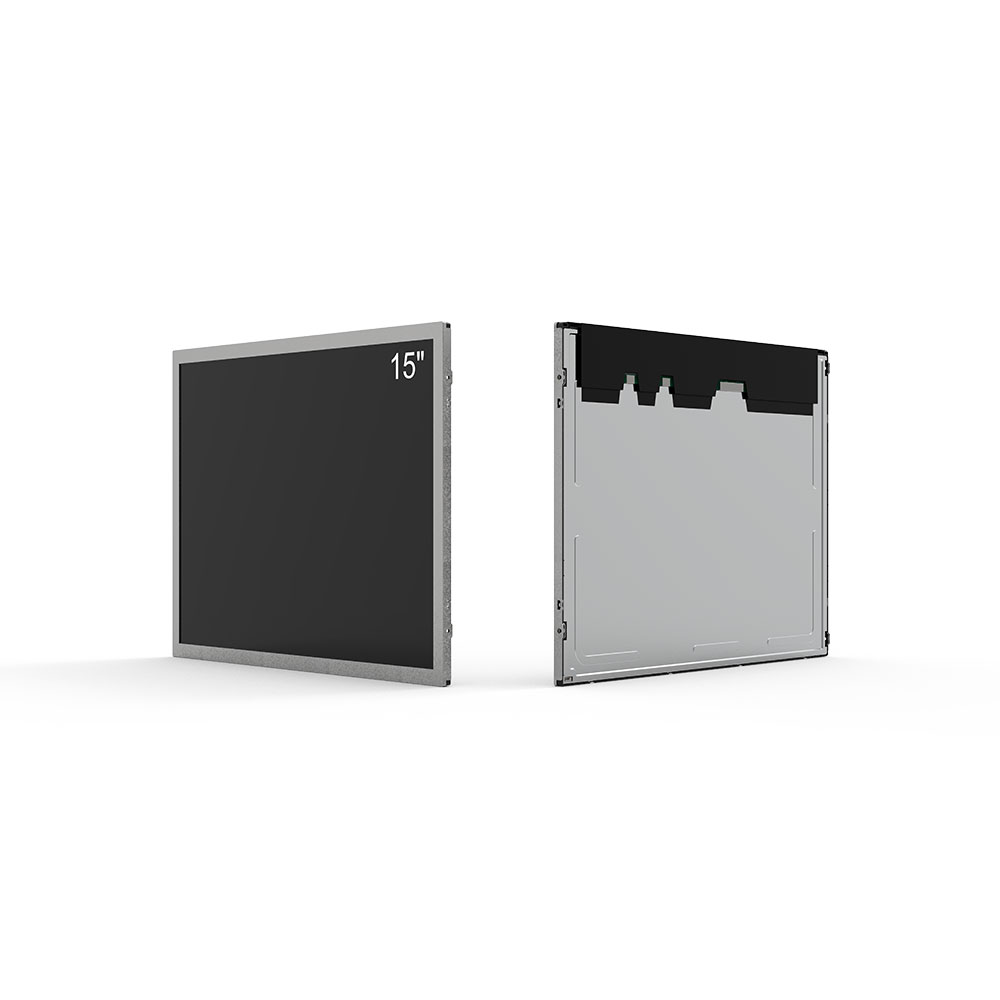- Home
- About Us
- Products
- News
- Video
- Contact
- Send Inquiry
Search
- Home
- About Us
- Products
- News
- Video
- Contact
- Send Inquiry

When selecting an outdoor LCD screen for industrial applications, especially for overseas equipment manufacturers or distributors, it's essential to prioritize durability, visibility, and environmental resilience. Unlike indoor displays, outdoor screens must operate reliably under extreme conditions—ranging from direct sunlight to sub-zero temperatures—and still deliver clear visuals for operators or end-users.
First, consider luminance. A minimum of 5,000 nits is recommended for full sun readability, as per SMPTE ST 2036-1 standards. This ensures the display remains visible even in direct daylight, a critical factor in construction sites, agricultural machinery, or logistics hubs. Higher brightness levels (up to 10,000 nits) are available for harsh environments like mining or marine operations.
Second, evaluate IP rating. For outdoor use, IP65 or higher is standard. This protects against dust ingress and water jets—vital for installations in humid coastal regions or dusty desert areas. Always verify with manufacturer test reports aligned with IEC 60529.

Third, assess temperature tolerance. Industrial-grade screens must support operating ranges from -30°C to +70°C. Look for components like wide-viewing-angle TN or IPS panels and ruggedized power supplies designed for thermal cycling.
Fourth, ensure connectivity and compatibility. Modern outdoor LCDs often include HDMI, DisplayPort, USB-C, and optional Ethernet interfaces. For OEM integration, check if the screen supports open APIs or can be controlled via Modbus or CAN bus protocols—common in automation systems.
Fifth, consider maintenance and serviceability. Remote diagnostics via SNMP or cloud platforms reduce downtime. Many top-tier manufacturers now offer 3–5-year warranties, reflecting confidence in build quality.
Case studies show that companies using compliant outdoor LCDs—from Panasonic, LG, or PVI—report 40% fewer field failures compared to non-certified alternatives. These screens integrate seamlessly into control cabinets, mobile units, or fixed infrastructure, enhancing operational safety and efficiency.
In summary, choosing the right outdoor LCD screen requires technical rigor: luminance, environmental sealing, thermal endurance, connectivity, and long-term support. These factors directly impact ROI, uptime, and customer satisfaction in global markets.